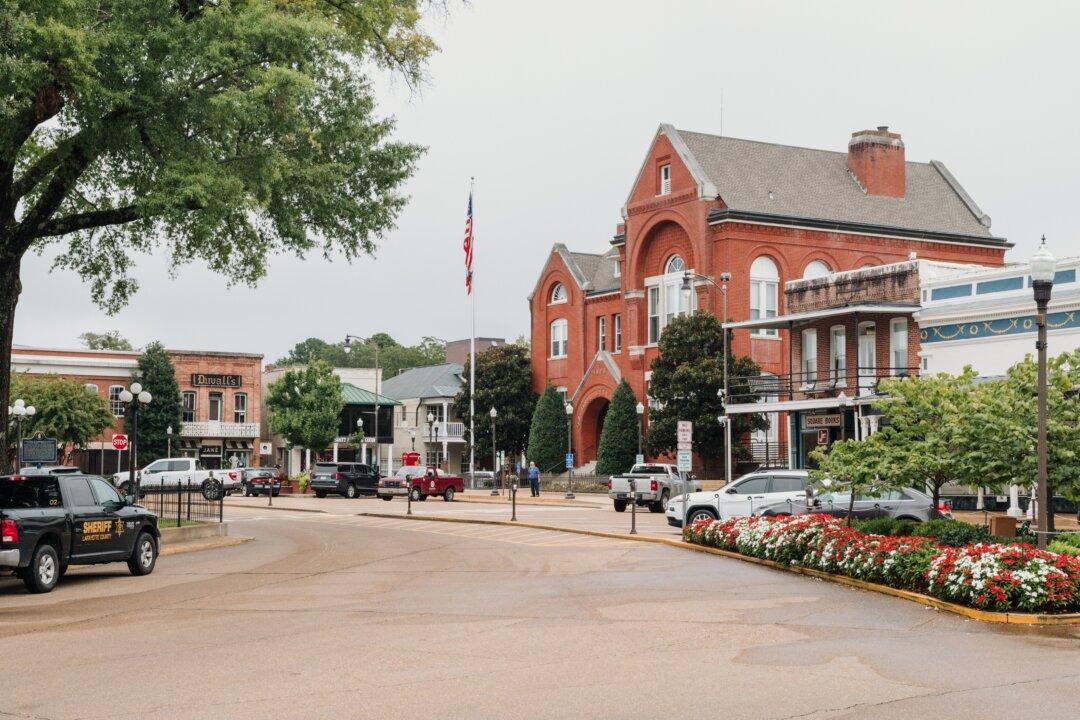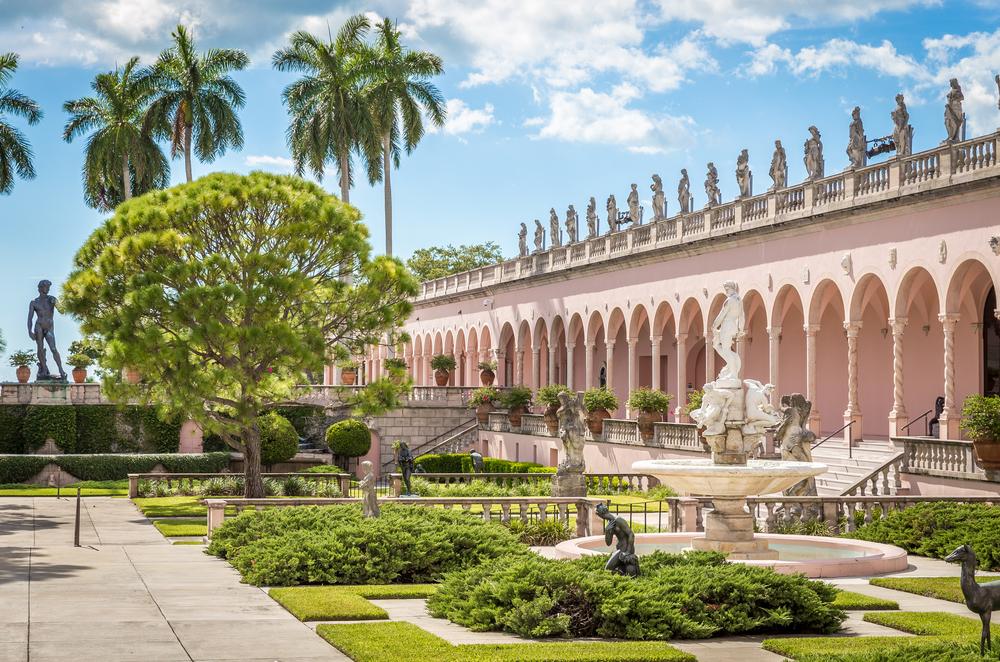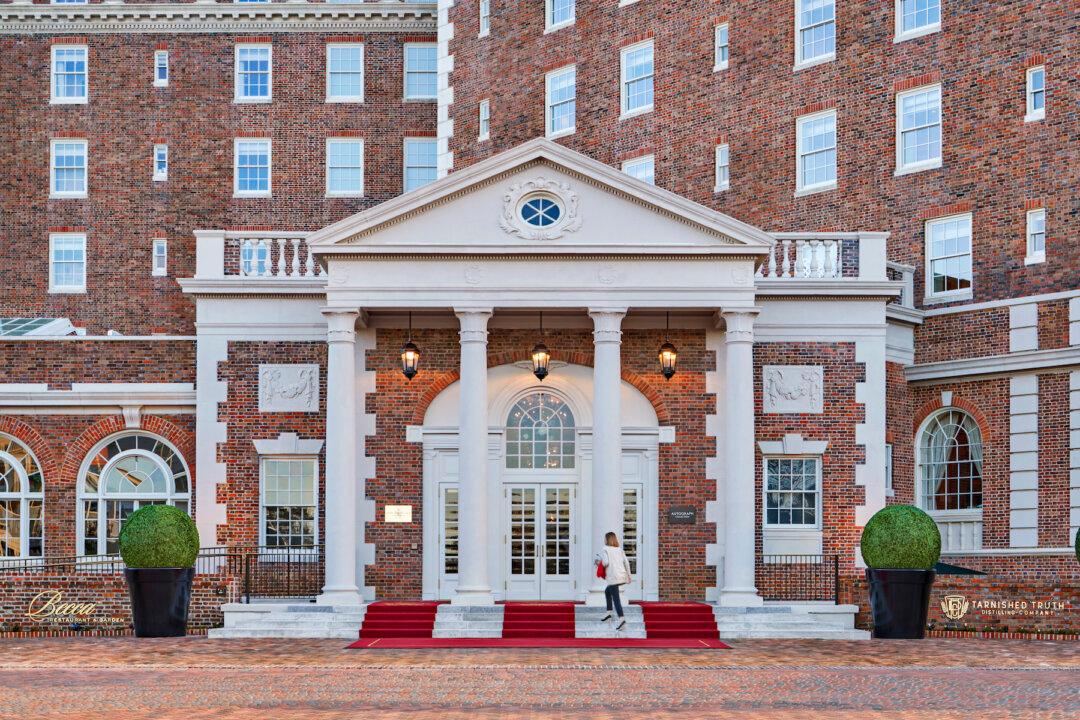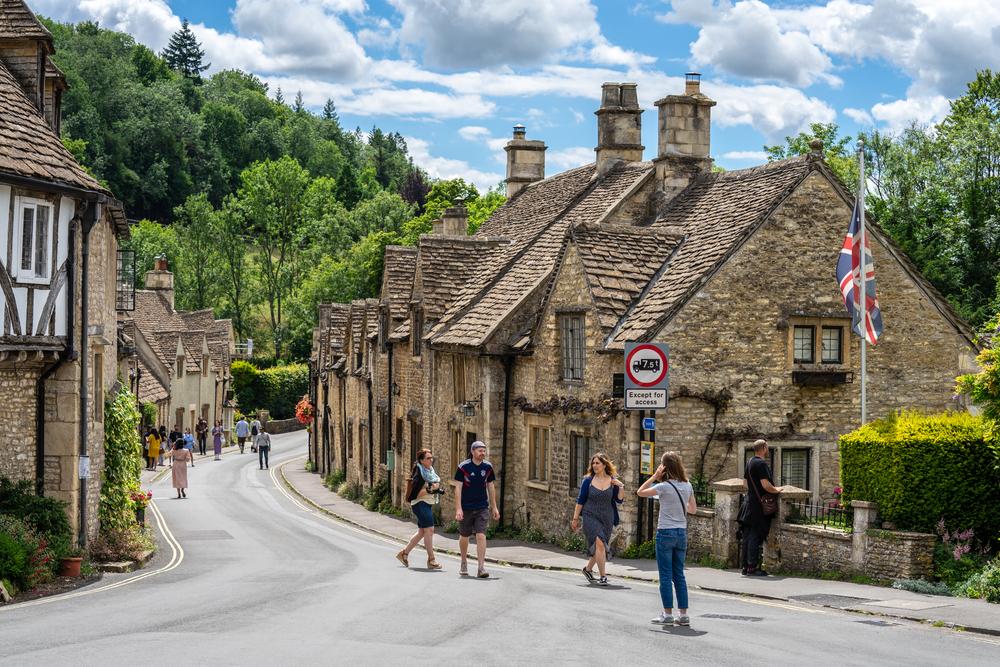Oxford, Mississippi, is one of those college towns, fairly or not, overshadowed by campus.
The University of Mississippi, the state’s flagship college and called “Ole Miss” by just about everyone, will always be the big draw. Especially on Saturdays during the college football season, when alumni and fans descend upon the city. To put it in perspective, the official capacity of Vaught–Hemingway Stadium (64,038) is more than double Oxford’s year-round population (29,996) as recorded in the 2020 Census.





